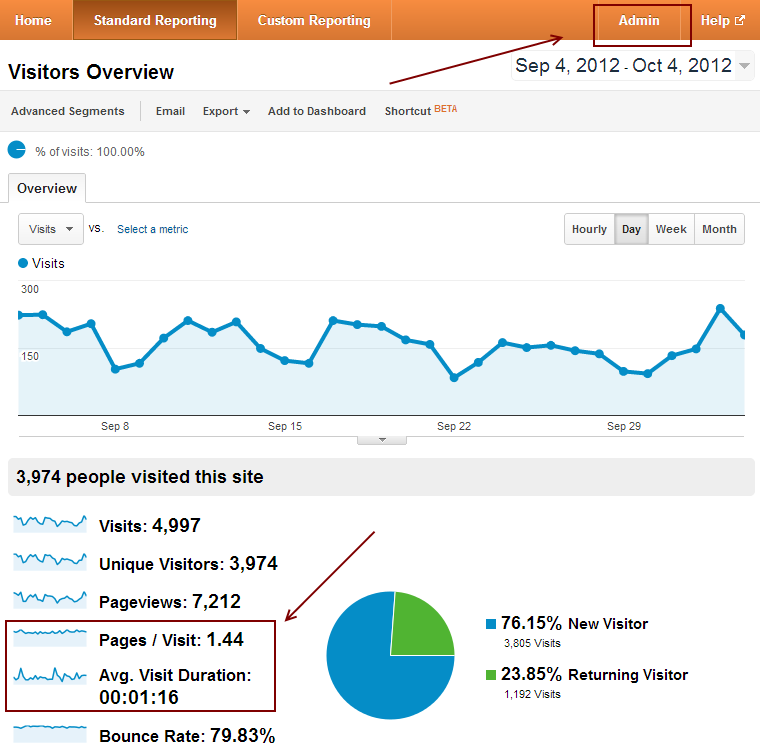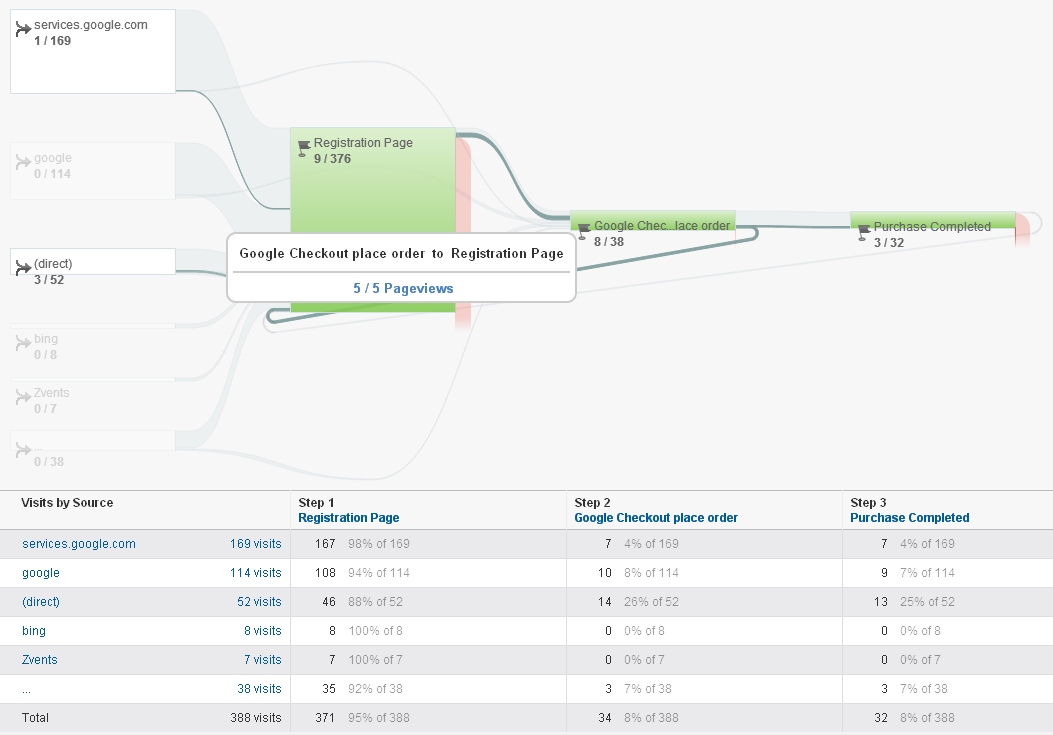Debunking Google Analytics Limitations: Uncover What Data Goals Can not Track
In the realm of electronic analytics, Google Analytics stands as an effective device that offers useful insights into website performance and individual behavior. From the ins and outs of individual communication with vibrant web content to the intricacies of cross-device customer journeys, these constraints dropped light on areas that might continue to be covered from traditional analytics perspectives.

User Communication With Dynamic Material
User interaction with vibrant web content plays a critical duty in understanding user actions on websites and enhancing the general customer experience. Dynamic web content refers to aspects on a website that can transform without the need for a full web page reload. This includes interactive aspects such as pop-ups, sliders, types, and video clips that respond to individual actions in real-time. By tracking individual communications with dynamic content, site proprietors can obtain useful insights into customer engagement, preferences, and behaviors.
Google Analytics offers numerous devices to track individual interactions with dynamic material, such as occasion tracking and online pageviews. Occasion monitoring enables you to check specific user activities, like clicking a switch or viewing a video, supplying information on just how individuals engage with dynamic components. Virtual pageviews can be utilized to track interactions that do not bring about a brand-new web page tons, offering an extensive sight of individual involvement with vibrant material. By assessing this information, internet site proprietors can make enlightened decisions to boost customer experience and drive conversions.
Cross-Device User Journeys
Exactly how can modern-day analytics devices track the complicated paths customers take across numerous tools in their on the internet journeys? Cross-device user journeys offer a substantial challenge for monitoring and analyzing individual actions precisely. As individuals engage with internet sites or apps utilizing various gadgets such as desktop computers, smartphones, and tablets, it becomes essential to understand exactly how they move in between these systems to optimize customer experience effectively.
Google Analytics encounters constraints in tracking cross-device individual journeys because of personal privacy problems and technological constraints - what data is google analytics goals unable to track. While it can supply insights into individual tools' interactions, tracking a seamless user trip throughout numerous devices remains a challenge. This limitation can lead to incomplete data and fragmented user insights, making it hard for organizations to develop a unified sight of the client journey
To address this concern, organizations can make use of advanced analytics tools that provide cross-device tracking abilities, enabling them to obtain an extra holistic understanding of user actions. By leveraging these tools, services can link the void in tracking cross-device user journeys and enhance their digital strategies for a seamless user experience.
Offline Conversions and Acknowledgment
As organizations navigate the obstacles of tracking cross-device customer trips, an additional essential element to consider is the realm of offline conversions and attribution in the realm of data analytics. While Google Analytics supplies important insights into on-line user behavior, it fails when it comes to tracking conversions that occur offline. This limitation positions a significant difficulty for services that have both online and offline sales networks.
Offline conversions, such as acquisitions made in physical shops or via phone call facilities, are vital to understanding the total consumer trip. Without the capacity to connect these offline conversions to particular on-line interactions, services might battle to properly gauge the influence of their electronic marketing efforts.
To address this gap, businesses can discover alternate services such as incorporating CRM systems with on-line analytics tools or making use of distinct promotion codes that can be traced back to on-line campaigns. By bridging the gap between online and offline data, organizations can get a more detailed understanding of their customers' actions and enhance their total marketing address approaches.
Individual User Recognition
In the realm of data analytics, the ability to accurately determine private users across different on-line touchpoints is a vital challenge for companies seeking to personalize and enhance their advertising approaches. While Google Analytics gives valuable insights right into individual actions and interactions, it drops short in making it possible for the identification of particular individuals as a result of privacy issues and technical limitations. Google Analytics utilizes distinct identifiers such as cookies to track user sessions and actions, but these do not relate to determining specific customers in a personal sense.

Information From Secure Pages
In spite of the enhancing prevalence of safe web pages on internet sites, getting data from these encrypted sources presents a distinct obstacle for electronic analytics platforms like Google Analytics. Protect web pages, suggested by HTTPS in the link, encrypt basics information traded between the customer's internet browser and the web site's server to guarantee privacy and security. While this security is essential for shielding sensitive info, it additionally poses constraints for tracking individual habits and celebration analytics information.
Google Analytics faces barriers in collecting thorough information from safe pages due to the security methods in location. Therefore, particular data points such as referral sources, keyword searches, and also some individual interactions might not be fully captured when users access an internet site through a click here for more info safe connection. This restriction can impact the accuracy and efficiency of the data evaluation, leading to voids in comprehending customer actions and choices on safe and secure pages.
To navigate this difficulty, digital experts may need to discover alternate monitoring approaches or take advantage of various other devices particularly created to gather insights from secure pages. By adapting methods to fit these restrictions, organizations can still obtain useful analytics in spite of the restrictions provided by encrypted links.
Conclusion
To conclude, Google Analytics has restrictions in tracking customer interaction with vibrant web content, cross-device user journeys, offline conversions, individual customer recognition, and information from safe pages. These constraints hinder an extensive understanding of individual behavior and may cause voids in data analysis. In spite of its beneficial insights, Google Analytics might not supply a complete photo of customer involvement throughout different touchpoints. It is important for businesses to be familiar with these constraints and take into consideration supplementary devices for a more alternative sight of their information.
Individual interaction with dynamic content plays a crucial duty in understanding individual habits on websites and optimizing the general individual experience. By tracking user communications with dynamic web content, website owners can acquire useful understandings right into individual engagement, choices, and actions.
Google Analytics utilizes one-of-a-kind identifiers such as cookies to track individual sessions and behavior, but these do not correspond to identifying individual customers in a personal sense.
As an outcome, particular information factors such as reference sources, keyword searches, and even some user communications may not be completely captured when customers access a web site with a protected link.In conclusion, Google Analytics has constraints in tracking customer communication with dynamic material, cross-device customer journeys, offline conversions, individual customer recognition, and data from safe and secure web pages.